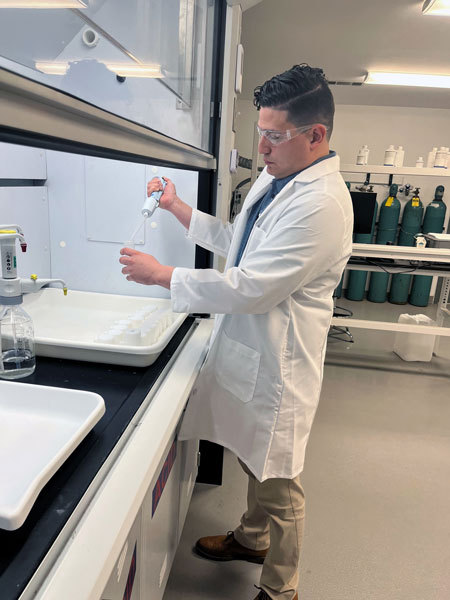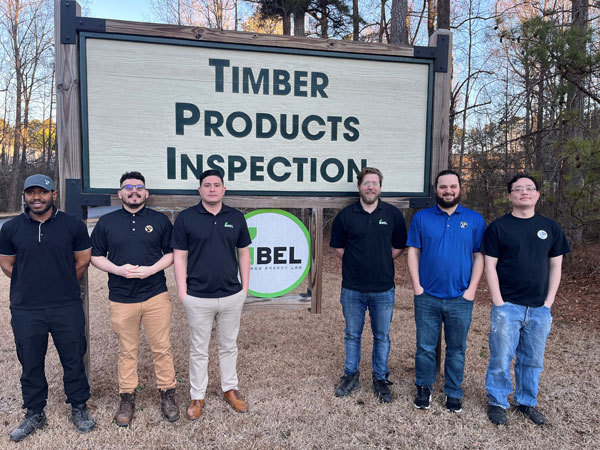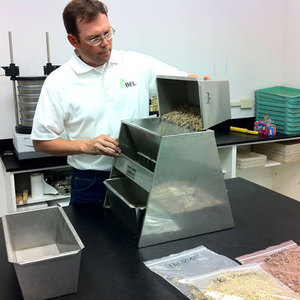Quality Matters










PHOTO: BEL
February 20, 2023
BY Anna Simet
Advertisement
Advertisement
Related Stories
A recent study offers new insight into the air quality and health benefits of switching household cooking fuels from charcoal to biofuel briquettes made from sawdust, according to the Biochar Editorial Office at Shenyang Agricultural University.
The Federal Economic Development Agency for Northern Ontario (FedNor) on Dec. 5 announced it will award $459,000 to Bingwi Neyaashi Anishinaabek (BNA) to support the installation of a district biomass heating system.
Lignetics Group has officially launched PelletHeat.com—a new, all-in-one educational website for pellet heating. The resource is designed to help consumers better understand the benefits of energy-efficient, renewable pellet heat.
The U.S. exported 830,468.7 metric tons of wood pellets in September, down from 894,320.3 metric tons in August and 898,133.7 metric tons in September 2024, according to data released by the USDA Foreign Agricultural Service on Dec. 11.
Drax pauses plans for pellet capacity expansion, considers plans for data center near Drax Power Station
Drax Group plc on Dec. 11 announced the company has no near-term or medium-term plans to expand wood pellet production capacity. Work on the proposed 450,000-metric-ton-per-year pellet plant in Longview, Washington, will remain paused.


